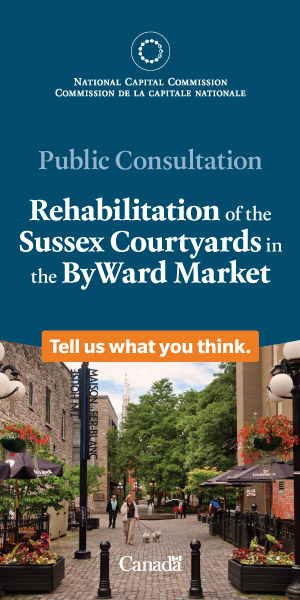By Frank Larue
During his lifetime, Aboriginal painter Norval Morrisseau had to fight his own demons in order to create the masterpieces that established him as one of the genius painters of his generation. The master of Woodland Native American art was a friend of our own Danny Beaton who wrote an obituary for Norval: “He had died leaving a legacy no other artist has left since Pablo Picasso. His ability to bring spirit to canvas obliterated art dealers around the world… His art reflected his country and people in their magnificence. He demonstrated a world of healing with nature, and healing with the spirit world, and the life of his people.”
Unfortunately, Norval Morrisseau’s body of work is now being defamed by painters of low character attempting to cash in on his reputation by selling paintings that are fakes. Norval’s death has opened the door for a group of frauds who are producing forgeries done in Norval’s style and selling them as originals. To complicate matters, the Norval Morrisseau Family Foundation has been certifying paintings that may be forgeries. Norval had dismissed the foundation in 2007, saying, “The foundation does not have my authority or consent to authenticate my art or to otherwise hold itself out as representing me or my interests in any manner whatsoever.” The Norval Morrisseau Heritage Society, an association responsible for putting the stamp of authenticity on Norval’s work, has issued warnings about the Morrisseau forgeries popping up everywhere. The Art Dealers Association of Canada has stopped issuing certificates of authenticity for any paintings credited to Norval Morrisseau.
In January, the conflict came to a head when Bryant Ross of the Aldegrove Coghlan Art Store slashed a large red cross on a fake Morrisseau painting. “It’s very hard to prove the authenticity of a painting or the non-authenticity,” Ross told the Katie Mercer from The Vancouver Province. “This painting is a lie. Someone put Norval’s name on it: Copper Thunderbird. They made this painting a lie; it’s not truth. It’s not just art that can be discredited but the artist himself.”
It is possible that Norval himself might have helped spread the forgeries. When he arrived in Vancouver’s Downtown Eastside, he was addicted to cocaine and was still dealing with alcoholism. Norval sometimes traded his paintings to feed his addictions and was also known to sign certificates of authenticity for paintings he did not do in exchange for cash.
John O’Brian, professor of Fine Arts at UBC, doesn’t see the controversy ending soon. “There are too many forgeries and the problem has become too wide spread.” The number of forgeries emerging now threatens not only to damage the reputation of the artist but also to jeopardize his legacy.











